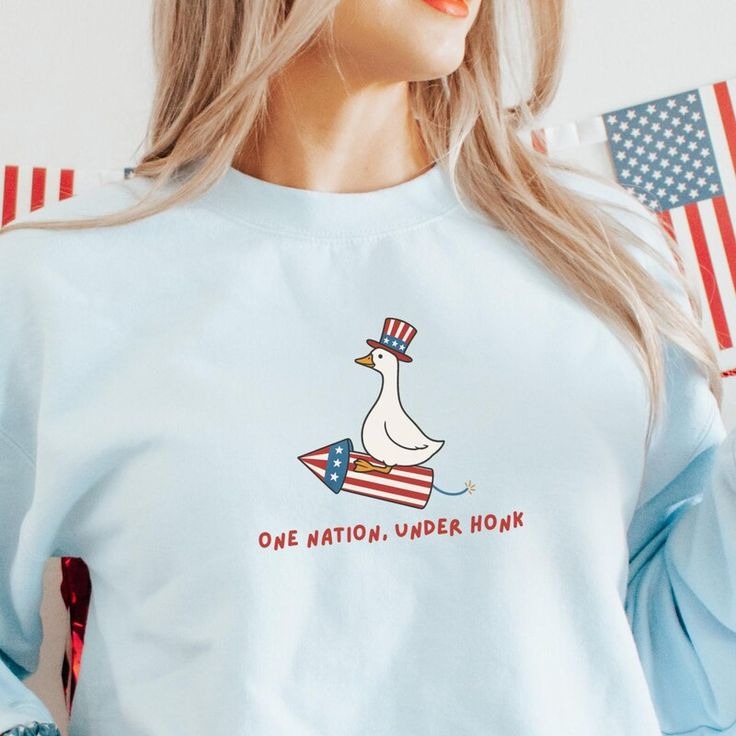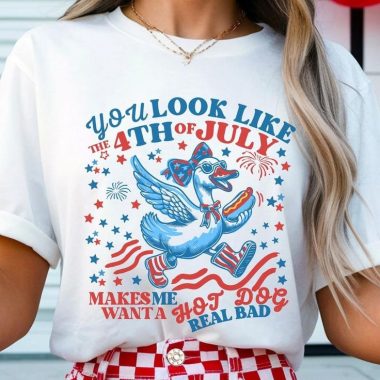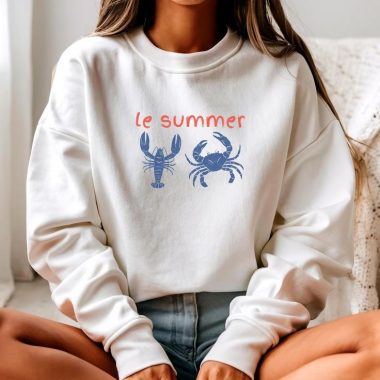Introduction
Fashion speaks in a language beyond words, weaving stories of identity, culture, and innovation into every stitch. It is an art form that transcends mere functionality, allowing individuals to articulate their inner selves while connecting to communities across time and place. From the silken draperies of ancient courts to the avant‑garde streetwear of modern metropolises, the evolution of fashion reflects our collective quest for beauty, belonging, and progress. This exploration delves into the multifaceted tapestry of fashion, tracing its historical roots, cultural dialogues, personal significance, and visions of a sustainable, inclusive future.
Heritage and History
The earliest garments emerged from humanity’s need to shield itself from the elements, yet even these practical creations bore the mark of creativity and status. Hand‑woven fibers dyed with botanical extracts carried symbolic meanings, signifying social rank or tribal affiliation. As trade networks wove continents together, exotic silks and patterned cottons found their way into distant markets, inspiring local artisans to merge foreign techniques with ancestral traditions. During the Renaissance, sumptuous velvets and intricately brocaded fabrics spoke of power and prestige, while the elegance of classical drapery harkened back to ideals of balance and proportion. The Industrial Revolution introduced mechanized looms and mass production, democratizing access to fashionable garments. What had once been the province of royalty became attainable by the growing middle classes, igniting debates about craftsmanship versus convenience, authenticity versus uniformity. This pivotal shift laid the groundwork for fashion as both an economic force and a potent social mirror.
Fashion as Cultural Dialogue
Clothing functions as a silent conversation between the wearer and the world. Traditional dress codes preserve ancient narratives and reinforce community bonds, while modern reinterpretations challenge conventions and expand horizons. In many regions, the renaissance of hand‑embroidered textiles and artisanal techniques signals a desire to honor heritage amid rapid globalization. These re‑imagined garments become living testaments to resilience and creativity, bridging the past and present. Street style movements often arise from marginalized communities, repurposing discarded materials or blending high and low influences to forge fresh expressions of identity. Such grassroots creativity ripples outward, influencing runways and retail markets alike. Fashion thus becomes both reflective and aspirational, offering a canvas for collective memory even as it paves pathways toward new meanings.
The Personal Canvas
At its heart, fashion is profoundly personal. The act of dressing each morning is a quiet ritual of self‑curation, a declaration of mood and intention. Some embrace bold silhouettes and vibrant hues to project confidence and originality. Others find comfort in minimalist lines and neutral palettes, conveying serenity and timelessness. Beyond aesthetics, garments can offer psychological armor, empowering individuals to navigate challenges with renewed poise. Wardrobes evolve alongside life’s milestones—ceremonial attire marking rites of passage, professional ensembles signaling competence, casual wear fostering relaxation. Each article of clothing holds a fragment of personal narrative, accumulating like pages in a diary. This fluid exchange between inner self and outward appearance underscores fashion’s role as a dynamic form of self‑portraiture.
Ethical Evolution and Sustainability
Recent decades have witnessed heightened awareness of fashion’s environmental and social imprint. The business model of relentless seasonal turnover has exacted a toll on ecosystems and exploited vulnerable labor forces. In response, designers and consumers alike are championing more responsible practices. Innovations in low‑impact dyeing processes and regenerative fiber cultivation aim to reduce waste and pollution. Circular economy initiatives—repair, resale, and rental services—challenge the notion of garments as disposable commodities. Collaborations between luxury houses and local artisan cooperatives foster fair wages and preserve traditional craftsmanship. Transparent supply chains give buyers clearer insights into production conditions, enabling more conscientious purchasing decisions. This shift toward ethical consumption reframes luxury, valuing provenance, purpose, and lasting quality over transient trends. It affirms that style and stewardship need not exist in opposition.
Digital Transformation and Democratization
The advent of digital platforms has fundamentally altered how fashion is created, showcased, and consumed. Social media feeds curate endless streams of outfit inspiration, erasing geographic barriers and elevating diverse voices. Influencers and micro‑communities set micro‑trends in real time, blurring the lines between professional designers and passionate amateurs. Virtual fitting rooms and augmented‑reality tools allow shoppers to experiment with looks from the comfort of home, reducing returns and waste. On‑demand manufacturing and 3D printing empower bespoke creation, minimizing surplus stock and enabling hyper‑personalization. Meanwhile, data‑driven insights guide designers toward consumer preferences, fostering more responsive collections. This digital ecosystem amplifies creativity, offering boundless channels for collaboration and innovation while reshaping traditional hierarchies within the industry.
Inclusivity and Diversity
An inclusive vision of fashion embraces all bodies, identities, and abilities. Broadening size ranges and designing adaptive clothing for those with disabilities marks a welcome shift from narrow beauty standards. Runways and campaigns now spotlight models of varied ages, ethnicities, and physical forms, reflecting a more authentic portrait of society. Inclusive design transcends representation; it requires systemic commitment from conception through marketing, ensuring that diverse perspectives shape every stage of the creative process. When leadership teams encompass a mosaic of backgrounds, the resulting collections resonate more deeply with global audiences. This expanding embrace challenges historical exclusivity, forging a more equitable and vibrant fashion landscape.
Future Frontiers
Looking ahead, fashion stands poised at the intersection of technology, science, and human imagination. Breakthroughs in biotechnology hint at living garments grown from bacterial cellulose or fabrics that self‑repair in response to damage. Wearable sensors may imbue clothing with health‑monitoring capabilities, seamlessly integrating style and function. Artificial intelligence tools are already assisting designers in generating unprecedented patterns and silhouettes. Yet alongside these advances, a countercurrent of renewed appreciation for handcraft signals that tradition will remain indispensable. Communities will continue to safeguard ancestral techniques, adapting them for modern contexts. Regulatory frameworks and consumer advocacy promise to solidify sustainability and ethical responsibility as industry norms. In embracing both innovation and heritage, future fashion will offer richer, more nuanced dialogues between the individual, society, and the natural world.
Conclusion
Fashion endures as one of humanity’s most eloquent forms of self‑expression, a continuous interplay of art, identity, and purpose. Its evolution mirrors our journeys, aspirations, and collective conscience. As we navigate environmental challenges, digital revolutions, and calls for greater inclusivity, fashion offers tools to reflect on who we are and envision who we might become. In every thread, dye, and drape lies the potential to connect, empower, and transform. By engaging with fashion thoughtfully and responsibly, we honor its storied past while weaving fresh chapters of creativity and compassion for generations yet to come.



